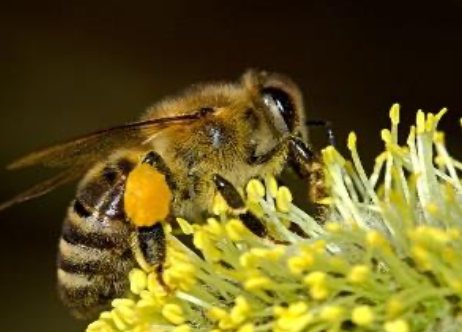News report by Gurpreet Kaur.
Copenhagen, June 13: Microplastics (MPs) are plastic particles ranging in size from 1 micron(μm) to 5 millimeter(mm) in size. MPs can be synthesised (primary MPS) or derived from the degradation of larger particles (Secondary MPs). Despite the fact that MPs have been reported in all environments, their presence in the atmosphere remains poorly understood due to a lack of sampling methods.
Pollen and plant material that attach to the hair on the Bees body are typically carried back to the hive by bees. Bees interact with their environment and also bring pollutants back to their hive, where they eventually accumulate and are transferred to honey and beeswax. As a result, they have been used as bioindicators for various environmental pollutants such as pesticides.
In a recent study, researchers from Spain and Denmark have shown that bees also attract microplastics. This is a first report of detection of microplastics on honeybees (Apis mellifera).
In this experiment, thousands of worker bees were captured from 19 different regions spread across Denmark. These included rural, suburban, and urban areas. The collection took place in the spring, when the colonies were being built. The collecting team wore only natural fibre to avoid contaminating the sample bees. The captured bees were frozen and then washed and scrubbed to remove the particles that had become attached to their bristles or hair. These particles were separated into different shapes, sizes, and materials using a microscope and micro-Fourier-transform infrared spectroscopy (micro-FTIR, which provides an infrared spectrum of a sample which is unique and aids in its identification).
Their findings revealed that microplastics made up 15% of the particles recovered. Of these 52% were fragments and 38% were fibres. The study confirmed the presence of thirteen synthetic polymers, with polyester being the dominant one followed by polyethylene (PE) and polyvinyl chloride (PVC). MPs were found in samples from all locations, with the highest load found in the urban apiaries. Surprisingly, bees from suburban and rural areas also carried a significant number of MPs attached to their bodies. The presence of MPs in bees from rural hives was most likely explained by the dispersion of MPs by wind. This study shows for the first time that honeybees can be used as a bioindicator for testing the presence of MPs in the environment. Their study was published in May, in the journal, Science of the Total Environment.


